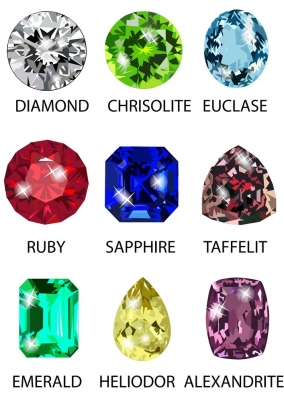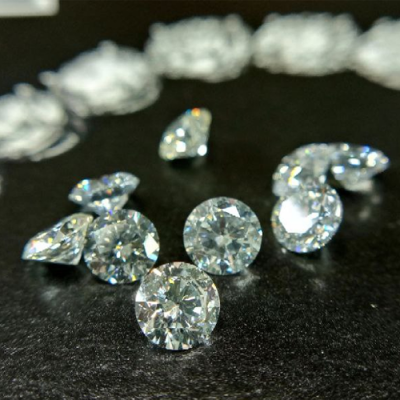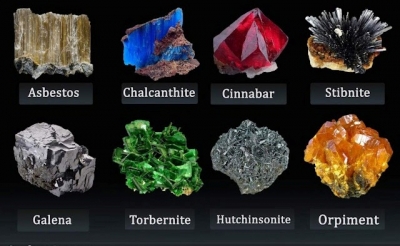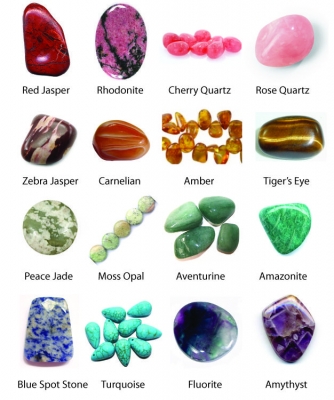
|
Valuable minerals are either metal or rock that can be processed and converted for economic purposes. Gemstones such as diamonds, rubies, sapphires and emeralds are valuable minerals. Gold and silver are also precious. Palladium is considered more precious than gold and it is very valuable to automotive industries. |
Diamond
Diamond is commercially the most popular mineral because of its eminent role in the world of jewelry trading.
Rubies
Rubies are considered to be the most expensive gemstones in the world. They get their alluring red color from the presence of chromium. The largest supply of this mineral was harvested in Burma, which is known as the Mecca for rubies.
Gold
Many people think gold is the most valuable and most expensive mineral in the world, but this is a common misconception because there are other minerals that are far more worthy than gold. Still, it is a highly valued, expensive mineral.
Rhodium
Because of its rarity and industrial application, this silver-white noble metal is the world’s most expensive mineral. Rhodium became popular as a result of its highly valued catalytic application in the automotive industry. The largest supply of this mineral was found in 2009 in South Africa and Russia.
Lithium
This mineral which is commonly known as a crucial ingredient in the production of rechargeable batteries was first discovered in 1817 in Stockholm by the Swedish chemist Johan August Arfvedson. Lithium is a highly valued mineral which represents a billion dollar industry. The largest supplies of this mineral are found in Afghanistan.
Blue Garnet
Garnets can be found in various colors like brown, green, orange, pink, purple, red and yellow. Among all these colors the blue garnet is the only one with a considerably high value. This mineral was first discovered in the 1990s in Madagascar, and since then it has been mined in Russia, Turkey and the United States.
Credit: Mining Greece
Picture credit: Vector Stock





